While most people are making their 2022 resolutions, we’re looking toward this coming year with something else in mind: All the design and decor trends we can’t wait to see take over spaces everywhere in the new year.
In anticipation (and to get ahead of the trends), we asked some of our favorite designers and creators to share their predictions for 2022 furniture and design trends. Keep reading for their guesses as to what silhouettes, materials, and styles we’ll be seeing next year.
Curvaceous Lines
Betty Brandolino, founder and creative director of Fresh Twist Studio, tells us, “A trend we’re seeing in furniture design … is the implementation of curvaceous lines in upholstered furniture silhouettes and case goods. For example, we’ve noticed the emergence of rounded sofa backs and curved sideboards, to name a few.”
Kristin Bartone of Bartone Interiors agrees. “Curved furniture with soft lines will be popular in 2022,” she says. “Nearly every manufacturer, from ultra-high-end down to more budget-friendly vendors, incorporated soft lines, arcs, and curves in all of their furniture. This was introduced last year but has really taken off.”
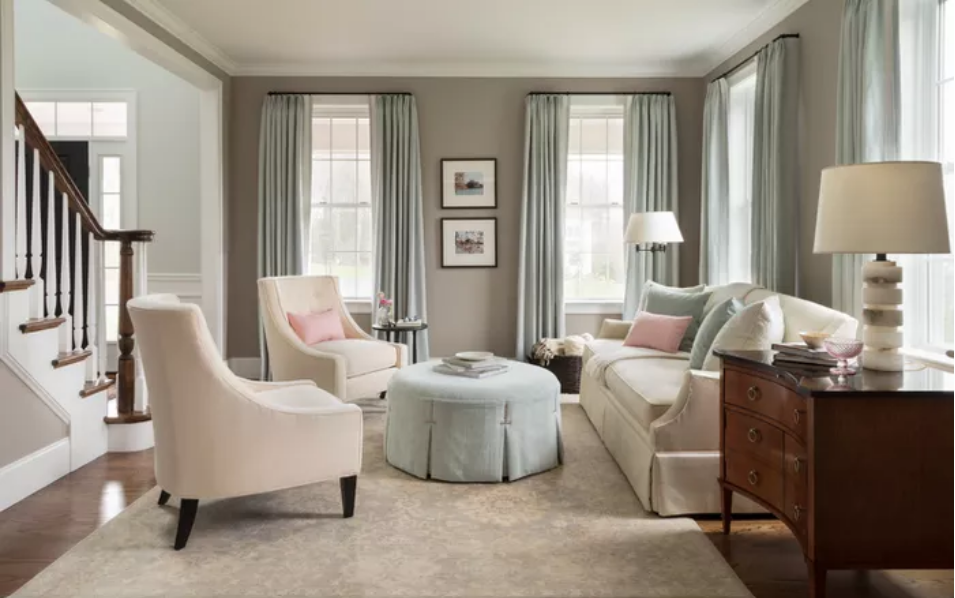
Ginger Curtis of Urbanology Designs has noticed the same thing—and on a small scale, too. “We’re also seeing fluted and ribbed detail on sofas, chairs, fireplace fronts, cabinetry, [and] vanities,” she says. “It creates art deco–like detail. This pattern can also be traced back to centuries past, when it was originally used to adorn Roman columns.”
Textured Surfaces
“Textured textiles, such as boucles, tweeds, and crushed velvets, were presented by nearly all of our vendors at High Point Market in October, which indicates that we’ll be seeing more texture in furniture pieces moving forward,” Brandolino tells us.
Caroline Brackett of Caroline Brackett Studio of Design agrees. “In textures, anything furry, nubby, or cozy is very on-trend,” she says. “Comfort, in general, will be popular in 2022. Not that you have to sacrifice style, but now that everyone is spending more time at home, furniture needs to be comfortable.”
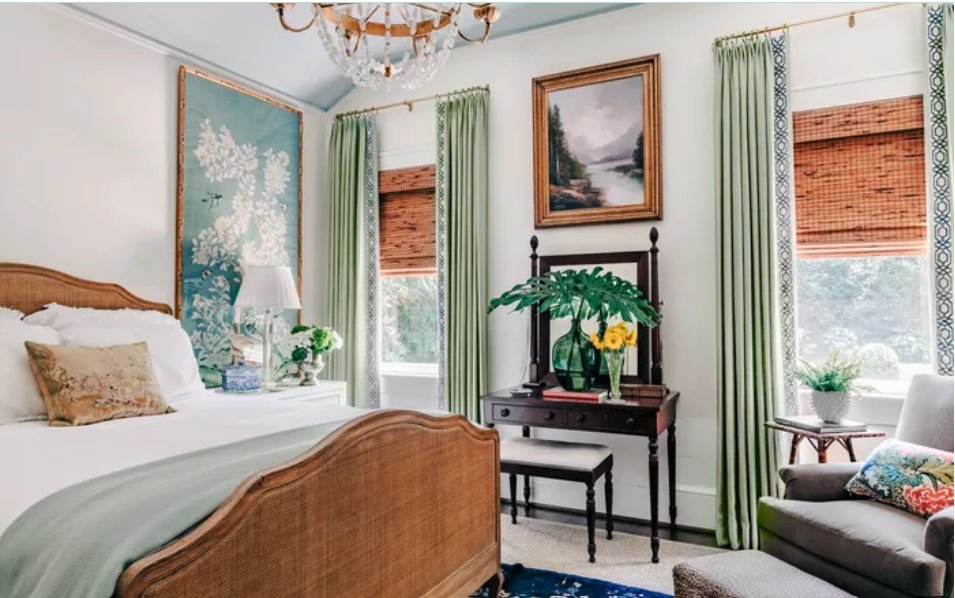
“Boucle wool fabric is being used in a variety of ways—on furniture, pillows, etc.,” adds Curtis. “The texture is great and it adds warmth and coziness. Since this is becoming so popular, we will look for less expected ways to use this material. It’s an incredible design element, but I will be looking to keep it fresh and unexpected!”
Matte Metals
When it comes to trends in finishes and furnishings in kitchens and baths, Bill Darcy, chief executive officer of the National Kitchen & Bath Association, predicts a rise in matte finishes.
“The most popular designs for fixtures for the next two to three years will be less shine and more matte finishes in stainless, nickel, and pewter,” he says. “For motion control or touchless faucets, which are rapidly increasing in popularity, the preferred finishes will be matte or brushed black, or stainless.”
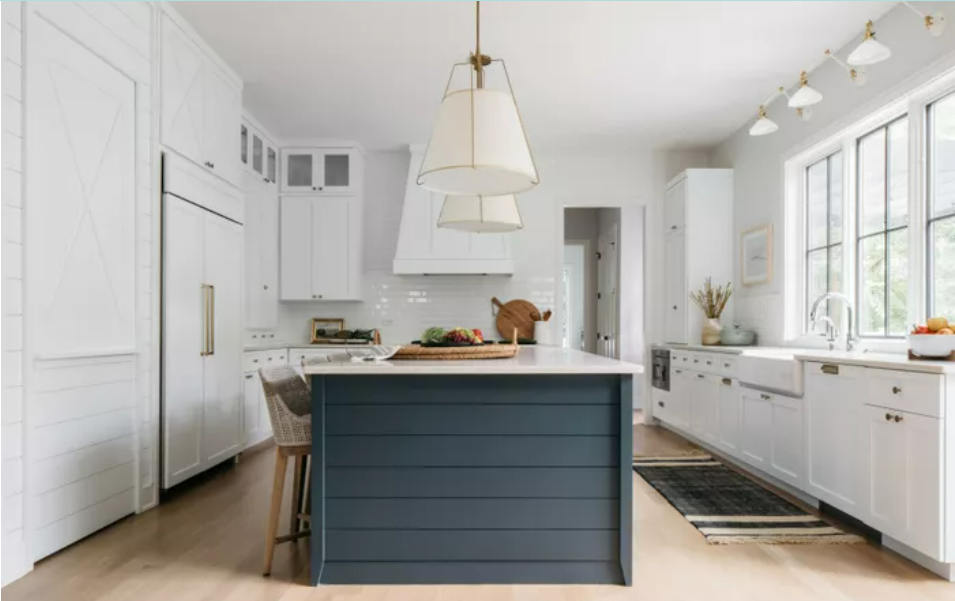
Vintage Items
“Vintage furniture will continue to be incorporated into design, especially with the global supply chain delays,” says Brandolino.
Eilyn Jimenez, founder and creative director of Sire Design, agrees. “Rather than fast furniture, clients are seeking to purchase pieces of quality that can evolve with them and their homes,” she says. “This is the reason shopping vintage is not only for the elderly any longer. Younger clients want an alternative to mass-produced or catalog-purchased items and prefer to have pieces that reflect their character and grow with them.”
Kylie Bodiya of Bees Knees Interior Design is sure that mixing and matching old and new is the way forward, too. “All around, we’re seeing trends that lean toward timeless, so that designs don’t date too quickly,” she says. “Mixing and matching current furniture pieces with family heirlooms or antiques helps to keep the room feeling timeless—something old, something new!”
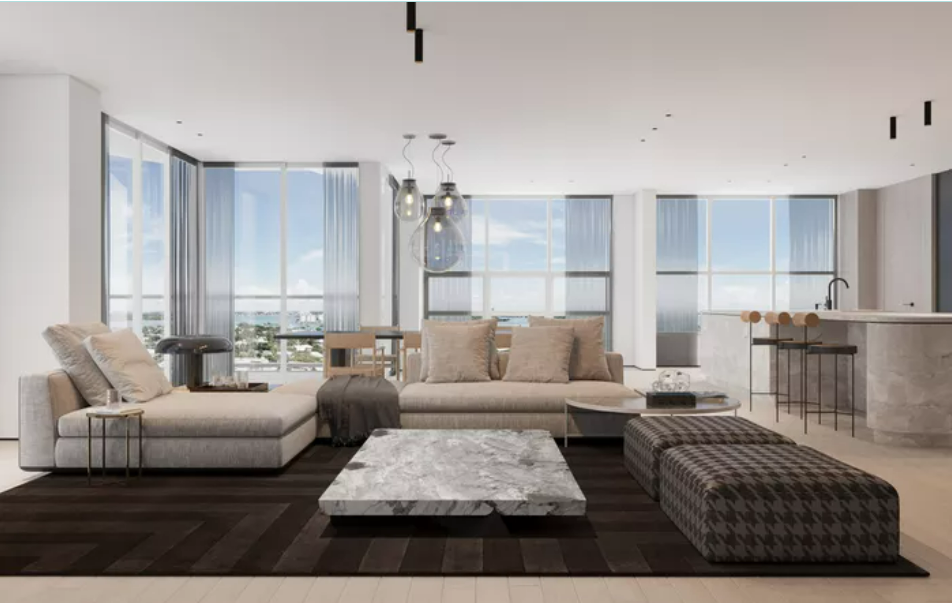
Personality and Sentimentality
Gray Malin, artist and photographer, feels we’re just going to see more and more of people’s personalities in their own spaces—and items and furnishings with nostalgic or emotional significance will have a new place of pride. “Sentimentality will also be more apparent,” he says.
“Gone are the days of making your home look like a catalog or staged room in your favorite home decor store. Instead, homes will be more unique and reflect a space where people feel comforted, themselves, and authentic,” he tells us.
Investment Pieces
“Although some things have gotten increasingly casual over the past decade, I think the trend to incorporate more luxury and formal items into the home will get more and more popular in the new year,” Malin predicts. “People are starting to value the idea of investing in higher quality pieces that are well made, durable, and long-lasting, versus a piece of fast furniture that is trendy in the moment but will not last very long.”
Escapist Artwork and Decorative Details
“People will be hanging more art that transports them to certain destinations and has an escapist quality,” Malin says. “I think overall, we will see people start to make their home feel like a vacation—curating the interiors to make them feel like they are on a vacation, either to a beloved place they have been or a place they are longing to go to.”
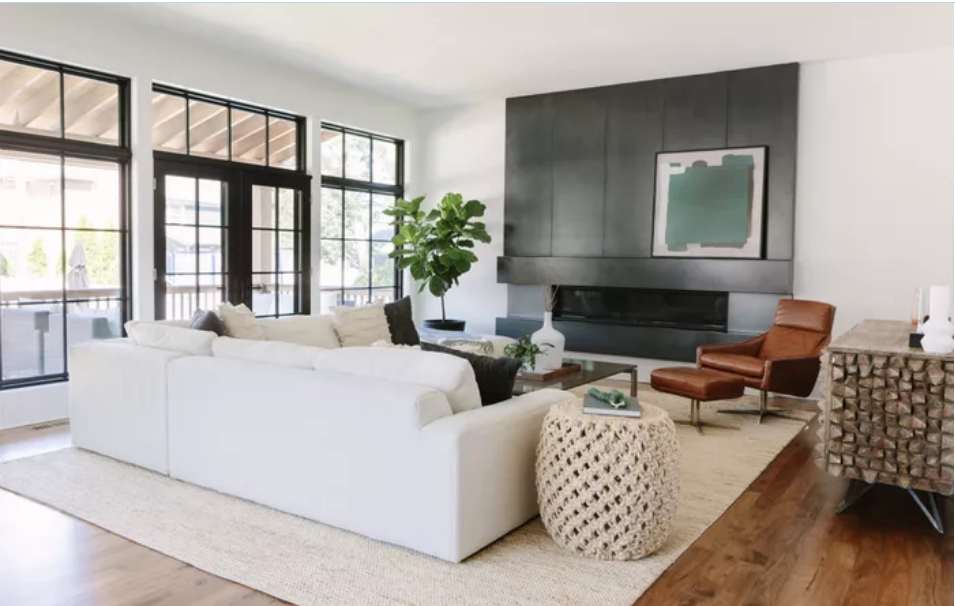
Wellness-Conscious Decor
“Whole-home health [is a] really strong trend for ‘22, so we’ll see designs with antimicrobial properties, like copper,” says TK Wismer, design eye at appliance brand CAFÉ. “Look for bronze and copper in lighting, furniture accents, and statement hardware on cabinetry and doors.”
Minimalist Furnishings With a Geometric Twist
“The cutouts and cage fashions we saw at the most recent Fashion Weeks were some of my favorites,” notes Wismer. “We are seeing reveal-and-conceal adding a bit of drama in the home space as well with glass, semi-transparent materials, and open grids and mesh being incorporated into cabinetry, furnishings, and even room dividers, where you can get a glimpse of what’s inside.”
“We know that cane patterns made a big comeback over the past few years, and now we see those evolving into these more geometric repeats and grid styles,” she says. “This mathematical ‘perfection’ and open patterns work really well for those drawn to a minimalist aesthetic because they create a sense of airy lightness to a space without feeling heavy or dated.”
